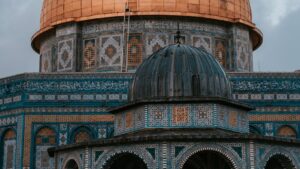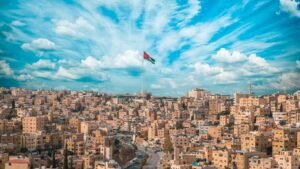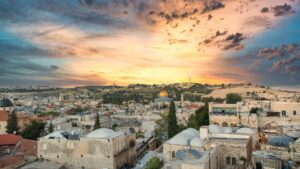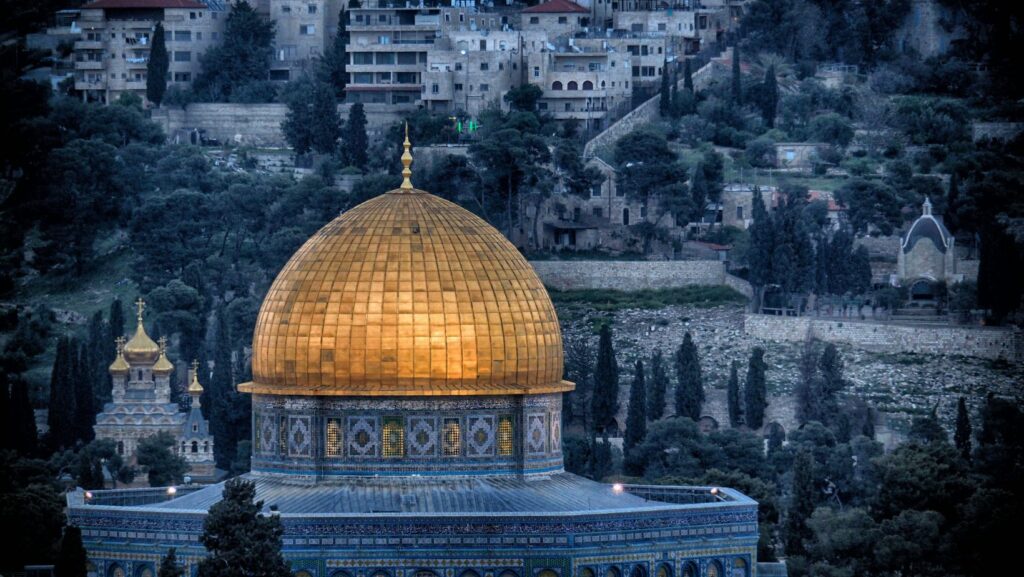Wallpaper isn’t just a backdrop for your screens; it’s a declaration of personal style and interests. For many, choosing a wallpaper featuring the iconic landscapes and historic sites of Palestine goes beyond aesthetic appeal—it’s a connection to heritage and history. From the ancient walls of Jerusalem to the bustling markets of Ramallah, each image tells a story of resilience and beauty that resonates deeply with those who have ties to the region or are moved by its enduring spirit.
Wallpaper:gprjbowod5k= Palestine
Wallpapers featuring Palestine often showcase the nation’s rich cultural heritage and historic landscapes for Olympics. These images serve not only as decoration but also as a poignant celebration of Palestinian history.
Cultural Reflections Through Visual Media
 Wallpapers that depict scenes from Palestine provide a visual story that resonates deeply with many viewers. Iconic images, such as the ancient streets of Jerusalem, the bustling markets of Hebron, or the serene countryside of the West Bank, offer a way to visually communicate the diverse and rich history of the region. It’s not just a matter of beauty; these wallpapers act as a canvas that reflects the complex tapestry of Palestinian culture.
Wallpapers that depict scenes from Palestine provide a visual story that resonates deeply with many viewers. Iconic images, such as the ancient streets of Jerusalem, the bustling markets of Hebron, or the serene countryside of the West Bank, offer a way to visually communicate the diverse and rich history of the region. It’s not just a matter of beauty; these wallpapers act as a canvas that reflects the complex tapestry of Palestinian culture.
For residents and the Palestinian diaspora, these images can evoke feelings of pride, nostalgia, and belonging. They serve as a vital connection to their homeland, its stories, and its people. For others, the wallpapers might offer a window into a world they might not otherwise experience, facilitating a better understanding and appreciation of Palestinian heritage.
Aesthetic Components
Color Schemes and Symbolism
 Palestinian-themed wallpapers often feature a color palette that reflects the natural landscape and cultural identity of Palestine. Common colors include olive green, representing the olive groves that are a staple of Palestinian agriculture; sandy beige, echoing the ancient stones found in historic landmarks; and deep blues, symbolizing the Mediterranean Sea bordering the Gaza Strip. Additionally, reds and blacks might be used to symbolize resilience and depth in the Palestinian struggle and history. These colors don’t just fill space; they tell a story of heritage and endurance.
Palestinian-themed wallpapers often feature a color palette that reflects the natural landscape and cultural identity of Palestine. Common colors include olive green, representing the olive groves that are a staple of Palestinian agriculture; sandy beige, echoing the ancient stones found in historic landmarks; and deep blues, symbolizing the Mediterranean Sea bordering the Gaza Strip. Additionally, reds and blacks might be used to symbolize resilience and depth in the Palestinian struggle and history. These colors don’t just fill space; they tell a story of heritage and endurance.
Design Elements and Their Meanings
Key design elements in Palestinian-themed wallpapers often include motifs such as olive branches, lanterns, and intricate tile patterns. Olive branches, a symbol of peace and prosperity, reference the olive trees that dot the West Bank landscapes. Lanterns reflect the holy city of Jerusalem’s vibrant Ramadan nights, illustrating the cultural richness of the region. The tile patterns often replicate those found in ancient mosques and churches, demonstrating the religious diversity and historical depth of Palestinian culture.
The Role of Wallpaper Palestine in Modern Decor
Influence on Contemporary Interior Design
 Palestinian-themed wallpapers integrate seamlessly into modern interiors, offering distinct visual appeal through their rich colors and textures. Designers often highlight olive green and deep blue hues in these pieces, drawing from the natural landscapes and historical significance of Palestine. In urban settings, such wallpapers can transform an ordinary space into one of provocative elegance and stylistic depth. They complement minimalistic furniture and modern art, creating contrasts that are visually appealing and thought-provoking. This trend demonstrates that interior décor is receptive to geopolitical and cultural narratives, making room for meaningful artistic expressions within everyday environments.
Palestinian-themed wallpapers integrate seamlessly into modern interiors, offering distinct visual appeal through their rich colors and textures. Designers often highlight olive green and deep blue hues in these pieces, drawing from the natural landscapes and historical significance of Palestine. In urban settings, such wallpapers can transform an ordinary space into one of provocative elegance and stylistic depth. They complement minimalistic furniture and modern art, creating contrasts that are visually appealing and thought-provoking. This trend demonstrates that interior décor is receptive to geopolitical and cultural narratives, making room for meaningful artistic expressions within everyday environments.
Educational and Inspirational Roles
 Moreover, these wallpapers play a pivotal role in educational and inspirational contexts. Schools, libraries, and cultural centers use Palestinian-themed wallpapers to enhance their interiors while providing educational value. The elements like olive branches and intricate tile patterns serve as tools for cultural education, narrating the story of Palestine’s heritage and ongoing struggles. For instance, a community center may feature a wall adorned with a pattern that includes historical landmarks, serving as a backdrop for discussions and learning activities about Palestinian history. Such installations inspire viewers to explore and understand the complexities of different cultures, fostering a sense of global citizenship and cultural appreciation.
Moreover, these wallpapers play a pivotal role in educational and inspirational contexts. Schools, libraries, and cultural centers use Palestinian-themed wallpapers to enhance their interiors while providing educational value. The elements like olive branches and intricate tile patterns serve as tools for cultural education, narrating the story of Palestine’s heritage and ongoing struggles. For instance, a community center may feature a wall adorned with a pattern that includes historical landmarks, serving as a backdrop for discussions and learning activities about Palestinian history. Such installations inspire viewers to explore and understand the complexities of different cultures, fostering a sense of global citizenship and cultural appreciation.

